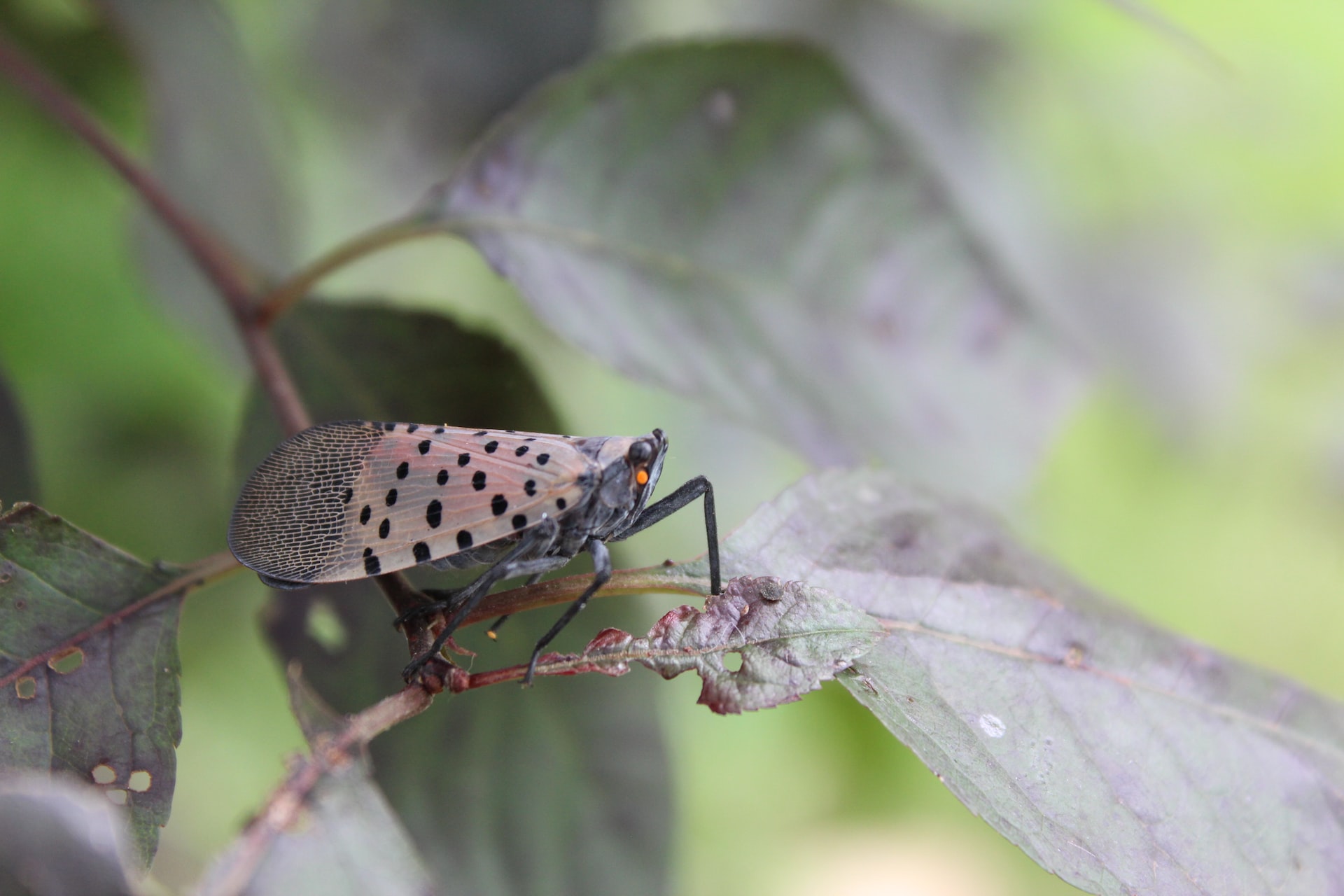The Impact of Invasive Species on Native Wildlife and Ecosystems

Invasive species are non-native plants, animals, or microorganisms that are introduced to an ecosystem and cause harm to native wildlife and their habitats. These species can have a wide range of negative impacts on native wildlife and ecosystems, including competition for resources, disease transmission, and habitat destruction.
Competition for Resources
One of the main impacts of invasive species on native wildlife and ecosystems is competition for resources. Invasive species can outcompete native species for food, water, and other resources, leading to declines in native populations. For example, the Burmese python, an invasive species in Florida, is known to prey on native wildlife such as raccoons, opossums, and even alligators.
Disease Transmission
Invasive species can also transmit diseases to native wildlife and their habitats. For example, the fungus Batrachochytrium dendrobatidis (Bd), which is thought to have been introduced through the international trade of amphibians, has caused declines in amphibian populations worldwide.
Habitat Destruction
Invasive species can also lead to habitat destruction. For example, invasive plant species can outcompete native plants and change the composition of an ecosystem. The Giant hogweed, an invasive plant species in the United States, can grow up to 14 feet tall and shade out native plants, leading to declines in native wildlife populations that depend on those plants for food and habitat.
Economic Impact
In addition to their ecological impacts, invasive species can also have economic impacts. Invasive species can cause damage to crops and infrastructure, leading to economic losses for farmers and other landowners. They can also require significant resources to control and remove. For example, the cost of controlling invasive species in the United States is estimated to be billions of dollars each year.
Prevention and Control
Preventing the introduction and spread of invasive species is the most effective way to protect native wildlife and ecosystems. This can include measures such as:
- Restricting or banning the import or possession of certain species
- Inspecting and treating ships and planes to prevent the spread of invasive species
- Educating the public about the dangers of invasive species and how to prevent their spread
Once an invasive species is established, control and management strategies can be used to reduce their populations and impacts. These strategies can include:
- Chemical control: Using pesticides or other chemicals to kill invasive species
- Biological control: Introducing natural predators or pathogens to control invasive species
- Manual control: Removing invasive species by hand
In conclusion, invasive species can have a wide range of negative impacts on native wildlife and ecosystems, including competition for resources, disease transmission, and habitat destruction. They can also have economic impacts, causing damage to crops and infrastructure and requiring significant resources to control and remove.
Prevention and control measures, such as restricting or banning the import or possession of certain species, inspecting and treating ships and planes, educating the public, and using chemical, biological, and manual control methods, can help to protect native wildlife and ecosystems from the negative impacts of invasive species.
References:
- Invasive Species | U.S. Fish & Wildlife Service
- https://www.fws.gov/program/aquatic-invasive-species
- Invasive Species | USDA
- National Invasive Species Information Center
- What are Invasive Species?
- Invasive Species | National Wildlife Federation
- Invasive species cost the US $21 billion per year, study finds
- Economic costs of biological invasions in the United States – ScienceDirect





